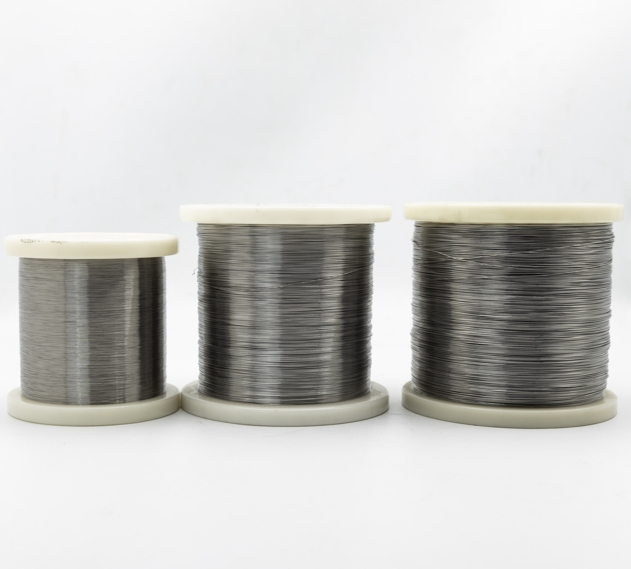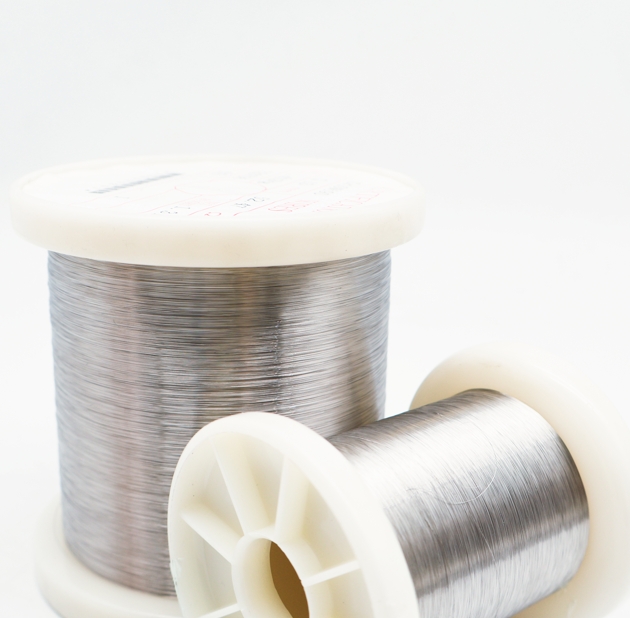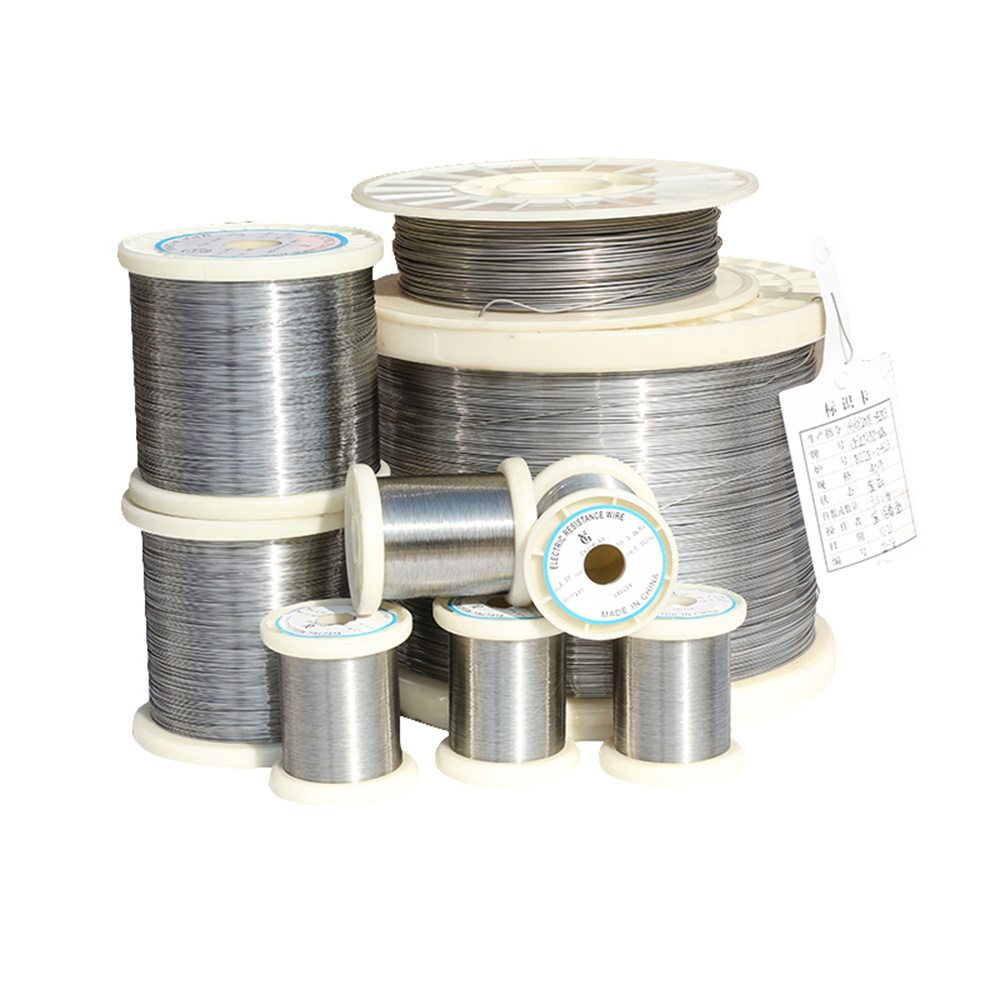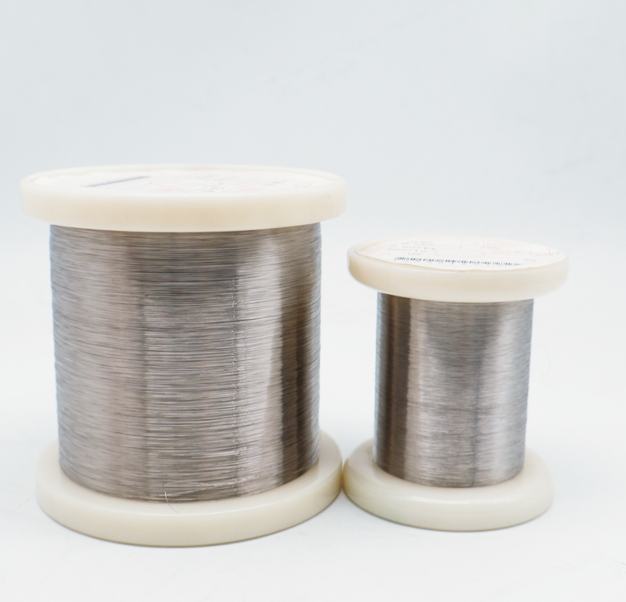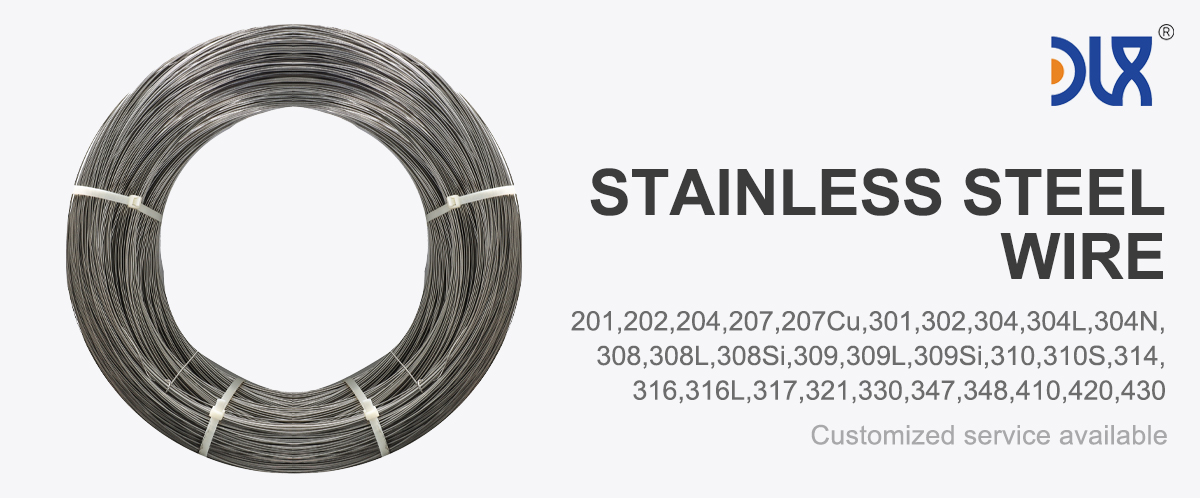
Our high-quality 17-4PH stainless steel wire is a standout for guidewire production, delivering the strength and precision that medical professionals count on in life-saving procedures. This isn’t just any wire—it’s a precipitation-hardening alloy engineered for top-tier performance in minimally invasive applications. With its excellent corrosion resistance and mechanical strength, our 17-4PH wire is perfect for crafting cardiovascular and neurovascular guidewires that navigate the body’s complex pathways with ease. We’ve optimized our production to meet ASTM F899 standards, ensuring every spool supports devices that perform reliably under pressure.
For more details, pls directly contact us.
What makes our 17-4PH stainless steel wire so effective is its robust composition. Packed with 15-17.5% chromium, 3-5% nickel, and 3-5% copper, with carbon below 0.07%, it’s built for high strength and flexibility. Heat treatment pushes its tensile strength to 930-1100 MPa and hardness to 30-44 HRC, making it ideal for guidewires that need to flex without breaking. Its yield strength of 725-860 MPa ensures it can handle the stresses of navigating blood vessels. We draw our wires with precision, achieving diameters as fine as 0.05mm, perfect for the intricate demands of guidewire manufacturing.
Comparison of Medical Stainless Steel Grades, Materials, and Applications
|
Grade |
Composition |
Key Properties |
Corrosion Resistance |
Biocompatibility |
Applications |
Advantages |
Limitations |
|---|---|---|---|---|---|---|---|
|
316L |
Fe (60-70%), Cr (16-18%), Ni (10-14%), Mo (2-3%), C (<0.03%) |
Tensile: 485-620 MPa, Yield: 170-290 MPa, Elongation: 40-50%, Hardness: 95 HRB |
Excellent (passive oxide layer, resists pitting) |
High, minimal ion release, rare Ni sensitivity |
Bone plates, screws, stents, hip stems, dental implants |
Cost-effective, machinable, fatigue-resistant |
Possible Ni sensitivity, heavier than Ti |
|
304L |
Fe (65-74%), Cr (18-20%), Ni (8-10.5%), C (<0.03%) |
Tensile: 485-550 MPa, Yield: 170-240 MPa, Elongation: 40-55%, Hardness: 92 HRB |
Good, less resistant to pitting than 316L |
Moderate, higher Ni release risk |
Temporary implants, surgical tools, guidewires |
Affordable, easy to form, widely available |
Limited for long-term implants due to corrosion |
|
17-4 PH |
Fe (70-78%), Cr (15-17.5%), Ni (3-5%), Cu (3-5%), C (<0.07%) |
Tensile: 930-1100 MPa, Yield: 725-860 MPa, Hardness: 30-44 HRC |
Very good, but less than 316L in saline |
Good, but less biocompatible than 316L |
Load-bearing implants, surgical instruments |
High strength, heat-treatable, durable |
Complex processing, less corrosion-resistant |
|
420 |
Fe (80-90%), Cr (12-14%), C (0.15-0.4%) |
Tensile: 700-950 MPa, Yield: 340-450 MPa, Hardness: 45-50 HRC |
Moderate, prone to pitting in body fluids |
Moderate, not ideal for long-term implants |
Cutting tools, temporary pins, dental drills |
High hardness, wear-resistant, sharpenable |
Poor corrosion resistance for permanent use |
|
440C |
Fe (78-85%), Cr (16-18%), C (0.95-1.2%) |
Tensile: 760-1000 MPa, Yield: 450-600 MPa, Hardness: 56-60 HRC |
Moderate, better than 420 but less than 316L |
Limited, high carbon affects biocompatibility |
Surgical blades, high-wear tools |
Extremely hard, excellent edge retention |
Not suitable for long-term implants |
|
F138 (316LVM) |
Fe (60-70%), Cr (17-19%), Ni (13-15%), Mo (2.25-3.5%), C (<0.03%) |
Tensile: 490-690 MPa, Yield: 190-300 MPa, Elongation: 40-50%, Hardness: 95 HRB |
Superior, optimized for medical use |
Excellent, lowest ion release, vacuum-melted |
Orthopedic implants, cardiovascular stents |
Enhanced purity, top biocompatibility |
Higher cost than standard 316L |
|
303 |
Fe (65-75%), Cr (17-19%), Ni (8-10%), S (0.15-0.35%) |
Tensile: 500-620 MPa, Yield: 240-290 MPa, Elongation: 35-50%, Hardness: 90 HRB |
Moderate, sulfur reduces corrosion resistance |
Moderate, not ideal for permanent implants |
Machined components, non-implant devices |
Excellent machinability, cost-effective |
Not suitable for long-term implants |
|
Nitronic 60 |
Fe (60-70%), Cr (16-18%), Ni (8-9%), Mn (7-9%), N (0.08-0.18%) |
Tensile: 620-793 MPa, Yield: 345-414 MPa, Hardness: 95-100 HRB |
Very good, resists galling and wear |
Good, but less studied for implants |
Wear-resistant implants, joint components |
High wear resistance, galling resistance |
Limited medical use, higher cost |
For more details, pls directly contact us.
Corrosion resistance and biocompatibility are critical for guidewires, and our 17-4PH wire delivers. The high chromium and copper content forms a strong passive oxide layer that resists pitting in the body’s saline environment and during sterilization. While it’s not ideal for permanent implants due to slightly higher ion release than 316LVM, it’s perfect for temporary use, with studies showing minimal tissue reactivity. Our electropolishing and passivation treatments create a smooth surface, reducing bacterial adhesion by up to 25%, per clinical data, which lowers infection risks in catheter-based procedures.
The guidewire market is soaring, projected to hit $8 billion by 2030, driven by rising demand for minimally invasive surgeries and advancements in interventional cardiology and neurology. Our 17-4PH stainless steel wire is a key player, offering a cost-effective, high-performance solution for guidewire production. Industry trends are leaning toward thinner, more flexible guidewires for micro-catheters and robotic-assisted procedures. Our wire’s formability makes it ideal for 3D printing and CNC drawing, enabling custom designs. Sustainability is also a big focus—our wire is 100% recyclable, cutting waste and aligning with healthcare’s green initiatives.
Challenges in the industry include corrosion, with 5-7% of stainless steel guidewire failures linked to prolonged exposure to body fluids. We’re tackling this with research into advanced coatings, like polymer or heparin layers, that boost corrosion resistance and hemocompatibility by 20%, based on recent studies. Regulatory standards, like FDA and ISO 13485, demand rigorous testing for biocompatibility and fatigue resistance. Our wire exceeds these, with every batch undergoing ultrasonic testing, chemical analysis, and ASTM F899 compliance checks to ensure zero defects. Nickel allergies affect 10-15% of patients, and while our 17-4PH wire contains nickel, its low content minimizes risks for temporary use.
Applications for our 17-4PH stainless steel wire are critical in guidewire production. It’s perfect for cardiovascular guidewires, guiding catheters through heart arteries during angioplasty or stent placement. Neurovascular guidewires benefit from its strength and flexibility, navigating delicate brain vessels for stroke treatments. Our wire is also used in peripheral guidewires for leg or arm vessels, ensuring precise navigation. In urological and biliary procedures, it supports catheters with reliable torque control. Veterinary medicine is growing too, with our wire crafting guidewires for animal procedures, proving its versatility across fields.
Comparison Parameters Table
| Parameter | 17-4PH Stainless Steel | 316LVM Stainless Steel | Titanium (Ti-6Al-4V) | Cobalt-Chrome (Co-Cr) |
|---|---|---|---|---|
| Density (g/cm³) | 7.7-7.8 | 7.9-8.0 | 4.4-4.5 | 8.3-9.2 |
| Elastic Modulus (GPa) | 200 | 193 | 110-114 | 210-240 |
| Yield Strength (MPa) | 725-860 | 190-300 | 800-900 | 450-1000 |
| Tensile Strength (MPa) | 930-1100 | 490-690 | 900-1000 | 900-1200 |
| Hardness (HRC) | 30-44 | ~20 HRC (95 HRB) | ~36 HRC | 30-40 HRC |
| Corrosion Resistance | Very good (strong oxide layer) | Superior (vacuum-melted) | Superior in body fluids | Very good, but ion release risk |
| Biocompatibility | Good, suited for temporary use | Excellent, low ion release | Excellent, low reactivity | Good, but Co ion concerns |
| Cost | Moderate | Moderate | Medium | High |
| Common Applications | Guidewires, catheters | Stents, implants | Joint replacements | Bearings, dental crowns |
| Fatigue Strength | Excellent for cyclic loads | Excellent | Excellent | Superior |
Comparing ourselves to the market, our 17-4PH stainless steel wire stands out for its quality and customization. We source premium raw materials, reducing impurities by up to 200% compared to standard alloys. Our heat-treatment processes optimize hardness and toughness, ensuring guidewires resist cyclic loads without failing. Unlike generic suppliers, we achieve tolerances as tight as ±0.001 inches, ideal for micro-guidewire components. Every spool is tested for tensile strength, hardness, and ASTM F899 compliance, guaranteeing reliability in every procedure.
Customization is where we really pull ahead. Need a wire with a specific diameter for a neurovascular guidewire or a polished finish for low-friction navigation? We deliver tailored solutions in days, keeping your production on track. Our surface treatments, like electropolishing and passivation, enhance biocompatibility and reduce thrombosis risks by up to 20%. Cost-wise, our 17-4PH wire offers premium performance at a lower price than titanium or cobalt-chrome, making advanced guidewires accessible to more hospitals. Our material experts provide hands-on support, helping you integrate our wire into complex designs, saving you time and R&D costs.
Looking ahead, the guidewire industry is embracing robotics and AI-driven design, and our 17-4PH wire is ready for the future. It’s compatible with additive manufacturing and laser cutting, enabling innovative guidewire geometries for patient-specific needs. We’re investing in antimicrobial coatings that could reduce infection rates by 15%, addressing a key concern in catheter procedures. With rising healthcare costs, our wire provides a budget-friendly option without compromising quality, helping clinics deliver better care. Its durability—lasting through countless procedures—reduces replacement needs, improving outcomes and lowering costs.
In short, our high-quality 17-4PH stainless steel wire is a foundation for guidewire innovation. From navigating heart arteries to delicate brain vessels, it’s built to perform where precision and reliability matter most. We’re committed to pushing the boundaries, whether through cleaner alloys, smarter finishes, or faster delivery. As the guidewire field evolves, our wire is at the forefront, enabling manufacturers to create devices that transform lives with confidence.
For more details, pls directly contact us.
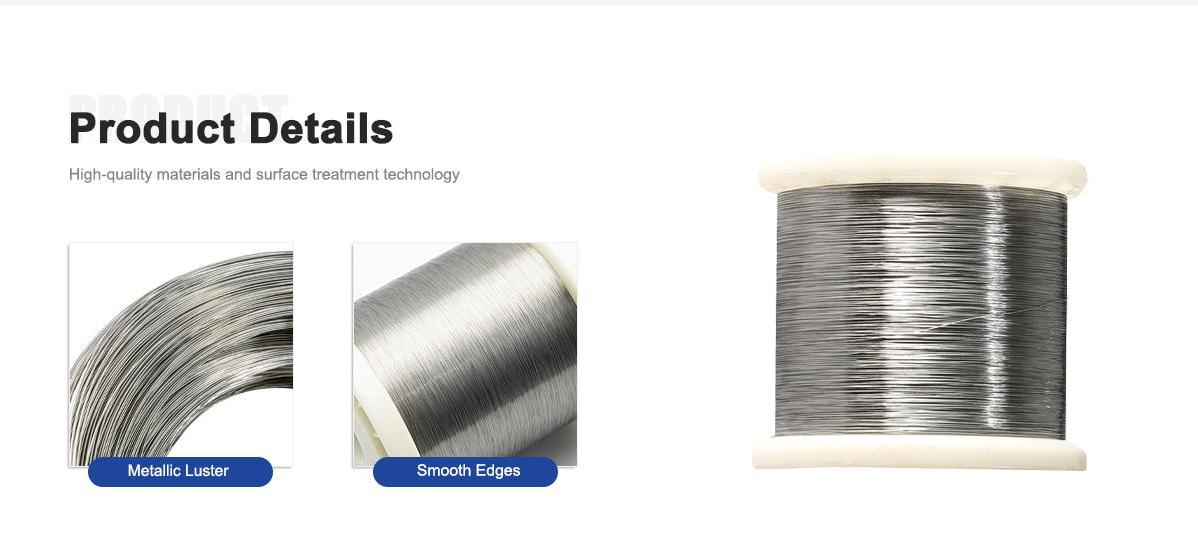
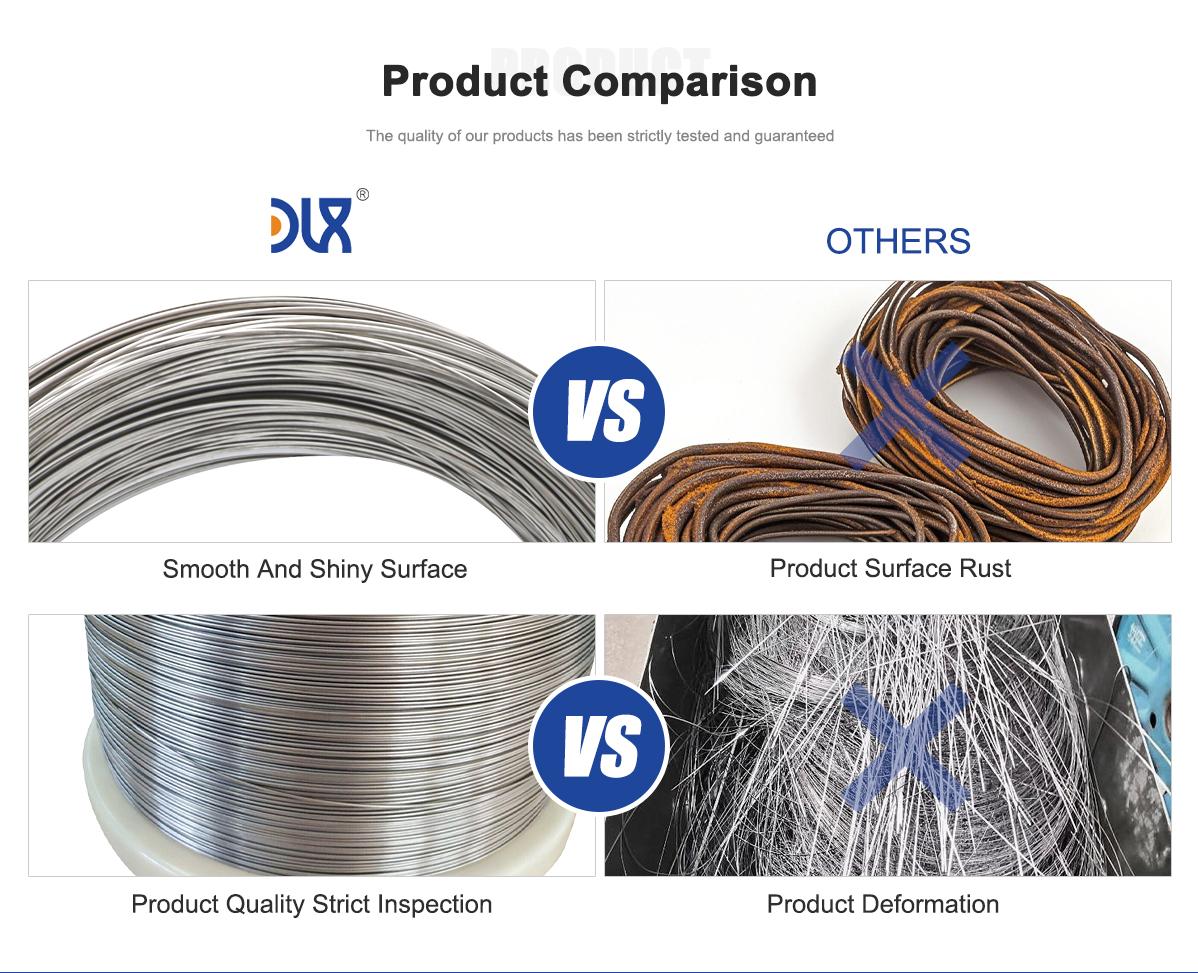
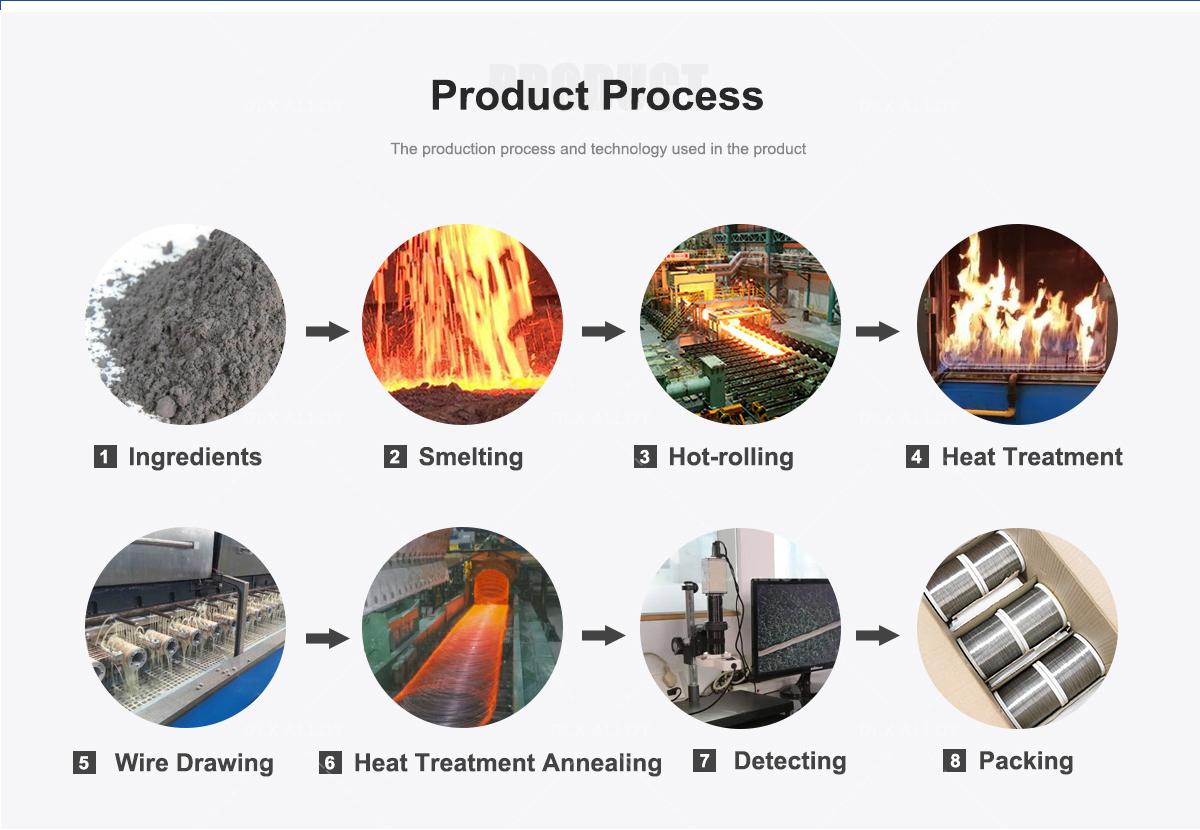

About Us:
Our 12,000㎡ factory is equipped with complete capabilities for research, production, testing, and packaging. We strictly adhere to ISO 9001 standards in our production processes, with an annual output of 1,200 tons. This ensures that we meet both quantity and quality demands. Furthermore, all products undergo rigorous simulated environment testing including high temperature, high pressure, and corrosion tests before being dispatched, ensuring they meet customer specifications.
For all our clients, we offer timely and multilingual after-sales support and technical consulting, helping you resolve any issues swiftly and efficiently.

Client Visits
Building Stronger Partnerships

We support all kinds of testing:


FAQs:
-
What is the composition of 17-4PH stainless steel?
It contains iron (70-78%), chromium (15-17.5%), nickel (3-5%), copper (3-5%), manganese (≤1%), silicon (≤1%), and carbon (<0.07%). -
What are the key mechanical properties of 17-4PH stainless steel for guidewires?
Tensile strength ranges from 930-1100 MPa, yield strength from 725-860 MPa, hardness from 30-44 HRC, and elongation from 10-18%, ensuring strength and flexibility. -
How is 17-4PH stainless steel wire used in guidewire production?
It’s used for cardiovascular and neurovascular guidewires, providing durability and precise navigation in minimally invasive procedures. -
What makes 17-4PH stainless steel corrosion-resistant for guidewires?
Its high chromium and copper content forms a strong oxide layer, resisting corrosion from body fluids and sterilization processes. -
What are current industry trends for 17-4PH stainless steel in guidewires?
Trends include thinner wires for micro-catheters, biocompatible coatings for improved performance, and integration with robotic-assisted systems. -
Is 17-4PH stainless steel biocompatible for guidewires?
It has good biocompatibility for temporary use, with low ion release, though less ideal for permanent implants compared to 316LVM. -
What advantages does 17-4PH stainless steel have over other materials?
It offers higher strength than 316L, better fatigue resistance than 304, and is more cost-effective than titanium for guidewire applications. -
How does 17-4PH stainless steel support sustainability in guidewire production?
Its recyclability, durability, and efficient production reduce waste and replacement frequency, aligning with eco-friendly medical trends.


